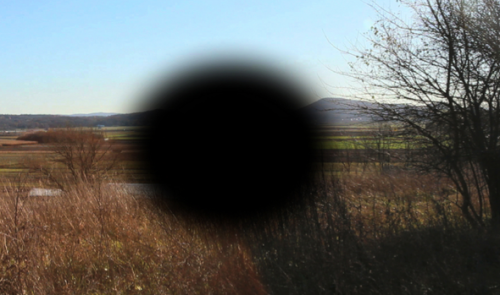New laser treatment may improve eye health in those with AMD. Credit: www.silaser.com
(Medical Xpress)—A new, low impact low energy laser treatment for patients with early age-related macular degeneration (AMD) has produced positive results by reducing indicators of the disease.
Researchers from the University of Melbourne found unlike other laser treatments, this new faster laser did not result in damage to the retina, the sensitive light detecting tissue at the back of the eye.
Associate Professor Erica Fletcher from the Department of Anatomy and Neuroscience said this was the first report detailing how this new laser treatment may improve eye health in those with AMD. In the early stages, the disease is characterised by the presence of small fatty deposits called drusen and thickening in a membrane at the back of the eye.
Published this week in Journal of the Federation of American Societies for Experimental Biology (FASEB), the study explores how this laser may help in limiting retinal disease, showing that it improved the health of important supporting cells at the back of the eye.
"These findings suggest treating people with AMD with this new nanosecond laser reduces signs of the disease. Importantly, unlike other lasers currently used to treat eye disease, the nanosecond laser does not result in damage to the sensitive retina," she said.
The study also showed evidence that nanosecond laser treatment in one eye can also produce positive effects in the other untreated eye. This raises the possibility that monocular treatment may be sufficient to treat disease in both eyes.
AMD affects one in seven people over the age of 50 with the incidence increasing in age. It is responsible for 48 per cent of severe vision loss in Australia with an estimated 17,700 new cases each year.
Provided by University of Melbourne




















